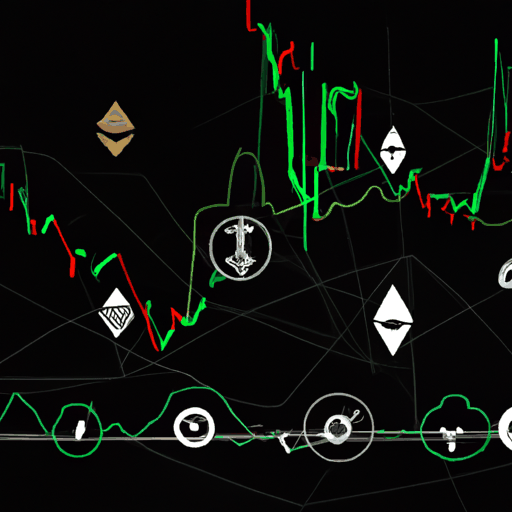
Unprecedented $300 Trillion Minting Error on Ethereum Sparks Debate
By: Isha Das
In an astonishing event on October 15, the Ethereum blockchain became the temporary host of $300 trillion worth of tokens. This surreal incident occurred due to Paxos, the issuer of PayPal's stablecoin PYUSD, inadvertently minting the tokens before promptly burning them. The erroneous minting, visibly recorded on Ethereum's open ledger, sent shockwaves through the cryptocurrency community, sparking fervent discussions on social media platforms and among industry analytics such as Santiment.
Paxos quickly identified the incident as an internal operational error, confirming that it was not a result of a hack and that no user funds were compromised. Despite this reassurance, the incident temporarily made PYUSD the center of intense scrutiny and conversation across the crypto sphere, with blockchain security firms like Quill Audits attributing the mistake to the token's contract structure. The contract had no limitations regarding the minting and burning rights, leading to the accidental creation and deletion of billions of dollars worth of PYUSD.
The minting mishap highlighted significant discussions around the infrastructure supporting digital assets and stablecoins. Critics argue that such incidents, even if rectified swiftly, highlight fundamental weaknesses in the current system of stablecoin minting and collateralization. Solutions like adding Proof of Reserve checks directly into minting contracts have been suggested as preventative measures against such errors. Additionally, as Federal Reserve officials have pointed out, digital payment systems need to be fortified against misuses that could disrupt global transactions, emphasizing the need for rigorous standards and security protocols.
The importance of transparency in blockchain compared to traditional financial systems was also underscored. Unlike conventional banks, where such errors might remain hidden, the transparency of blockchain technology allowed for immediate detection and response, cementing its potential advantage. This incident has reignited debates regarding the essential role of decentralized networks versus traditional banking and showcased the stark difference in accountability and visibility between these systems.



